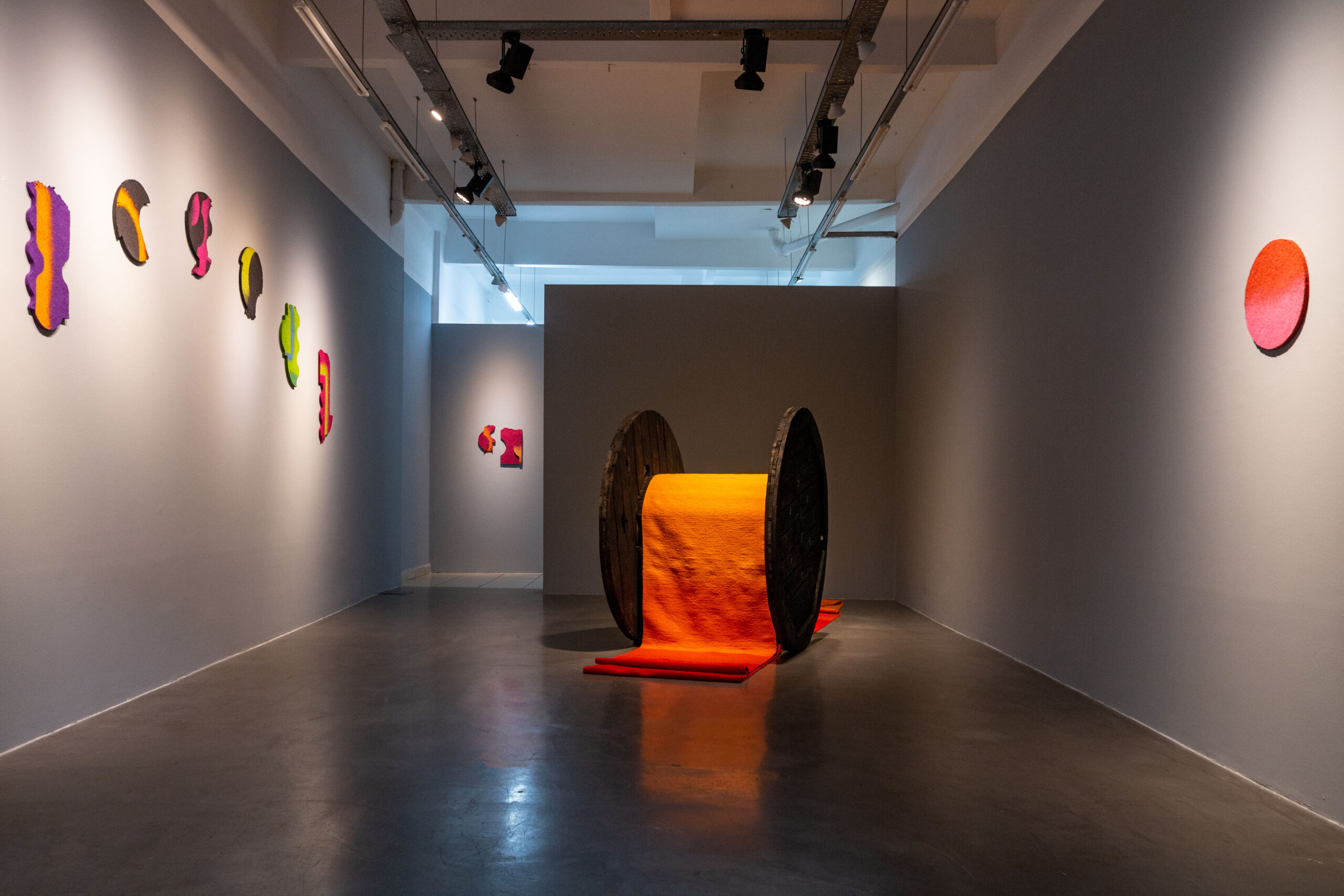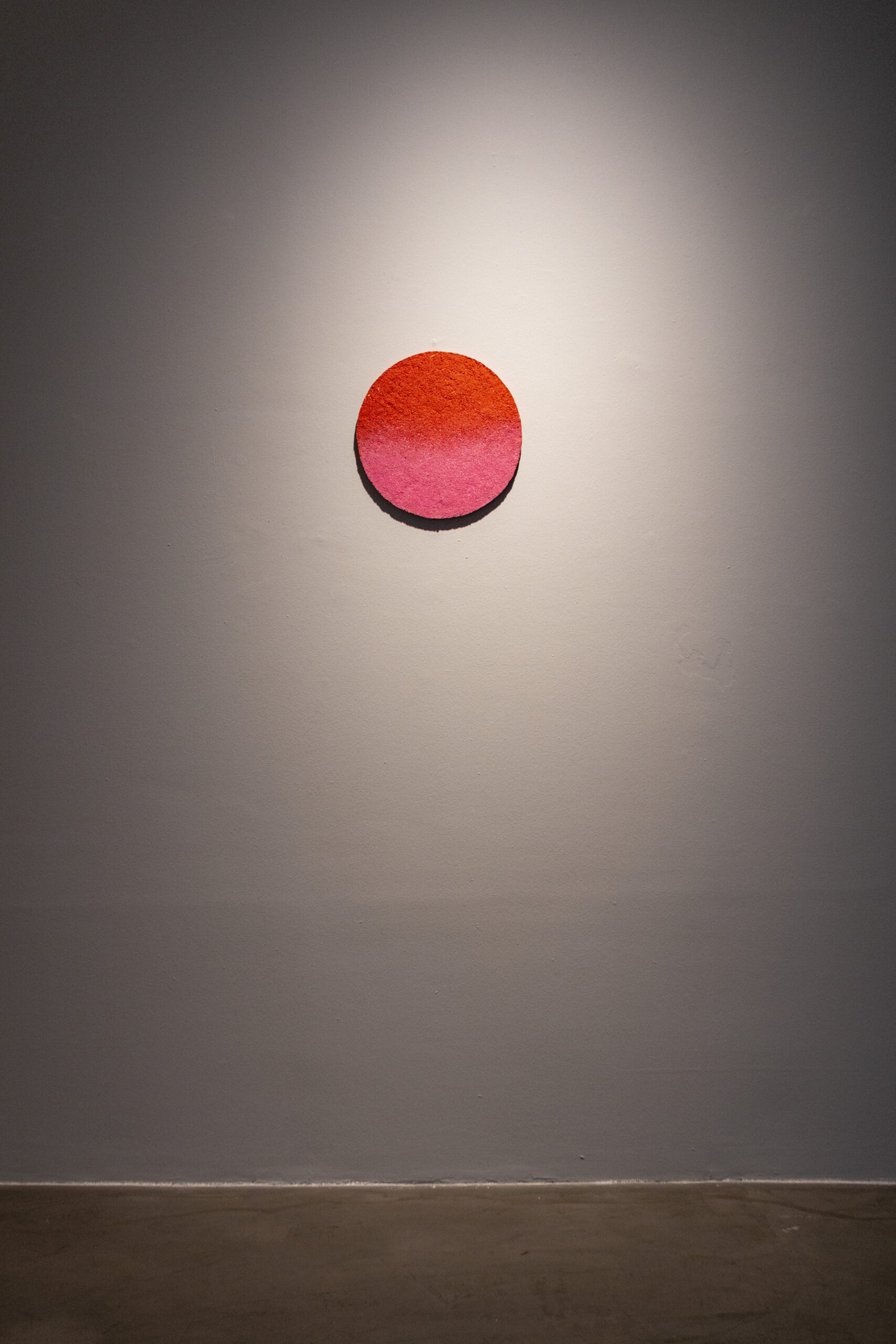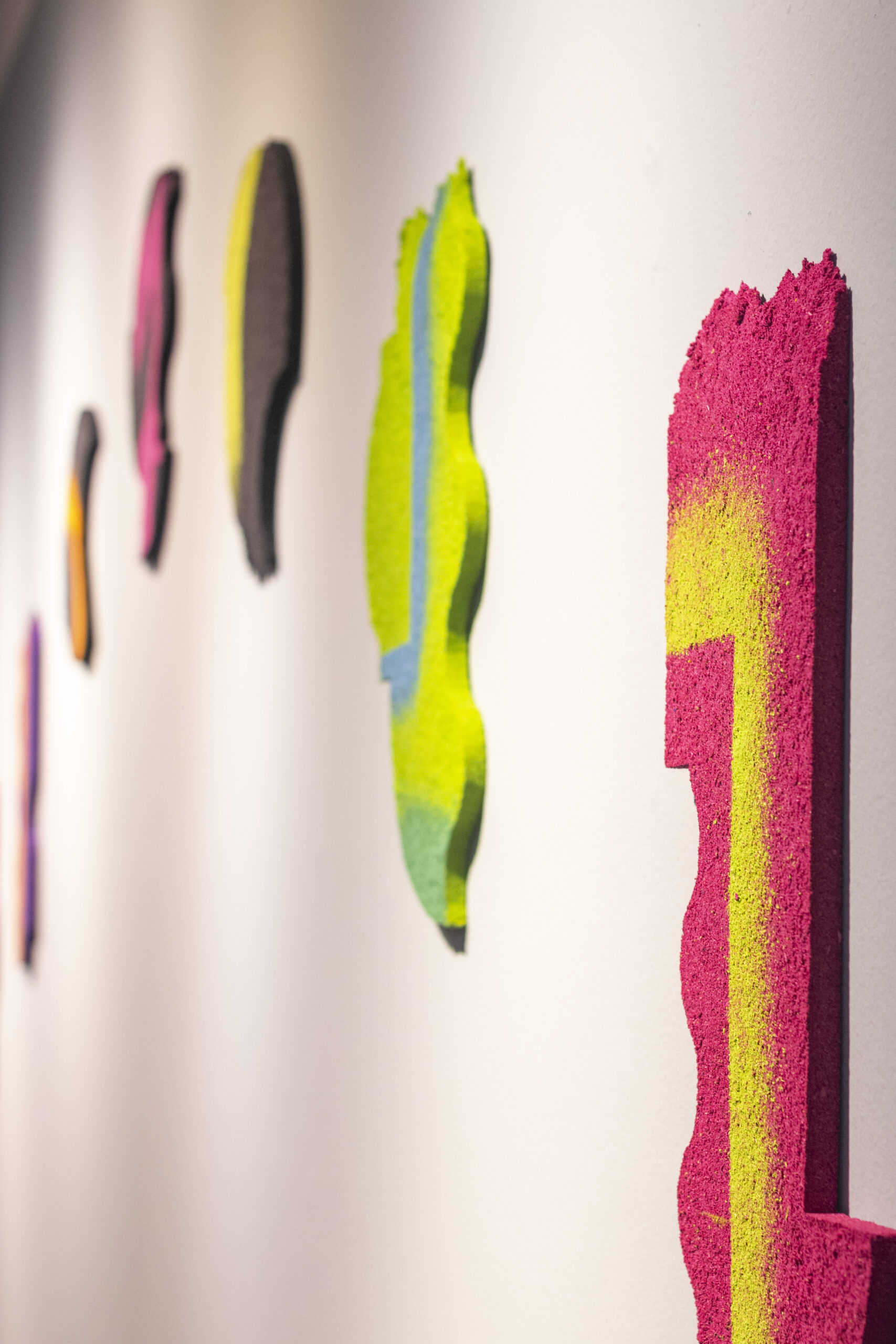For centuries, eclipses were apparently inexplicable and fearsome events, spiritual battles between the sun and evil forces or other spirits of darkness, a sign of the presence of jaguars, dogs and other celestial beasts that devour the Moon and the Sun and that must be defeated by gods and humans at the same time. However, since 150 BC, when Hipparchus managed to calculate that the distance between the Earth and the Moon was thirty times the Earth’s diameter using only his observations of total lunar eclipses, the transits of the Moon and the Sun, and particularly their alignments, they also began to produce an endless amount of heterogeneous but coexisting knowledge and experiences, both scientific and esoteric, popular and aesthetic. Since then, these astronomical phenomena illuminate the sky around the Moon and the Sun, allowing us to observe new celestial bodies and make astronomical and geographical measurements, as well as climate predictions, while, read from another set of knowledge, they represent significant periods of change and transformation, omens of fortune and tragedy alike.
From images that intertwine these astronomical events and their optical manifestations with the perception of shapes and color, Guido Yannitto builds his own space for pictorial exploration. There, the trajectories of the Moon, the eclipses, the transformation of materials and the different notions of time that these objects carry, are concretized in a set of works that produce an intuitive approach between various cosmic phenomena, their telluric counterparts and some expanded ideas about painting. In Eclipse, a 12-meter-long textile wound on a large spool of burnt wood, originally used to transport and store high-voltage cables, Guido deploys the power of red, orange and yellow light. As in a total lunar eclipse, when the Moon is located within the umbra—the darkest part of the Earth’s shadow—and the light passes through the atmosphere, producing an optical phenomenon that we see from Earth as a red and bloody Moon, color goes beyond the limits of perception. And the matter, the fabric, with its laborious temporality and adhered to circadian rhythms, flows continuously around the dense and earthly singularity of the burned wood, reminding us that there are also deep more-than-human times whose ancient energy dictates the rhythms of the planet and our own futures.
From these processes that investigate the material possibilities as an image for the notions of transformation and its times, a new series of works emerges inspired by the Mexican sawdust mats used in processions dedicated to the patron saints and the dead. These works condense a formal intersection between technical experimentation, spiritual beliefs, popular arts and Earth sciences. The mutation of wood into sawdust into religious-ornamental practice stirs up the colonial history of this tradition and intertwines it with a formal reinvention of the cycles of the Moon—a humanly incomprehensible time—postulating soft and even capricious connections between past, present and future. With these works, Guido recovers certain scientific and cultural phenomena as possible nodes for the connection between art, science and spirituality, nodes dissolved by Western modernity, but potential tools for an aesthetic re-imagination of the present.




